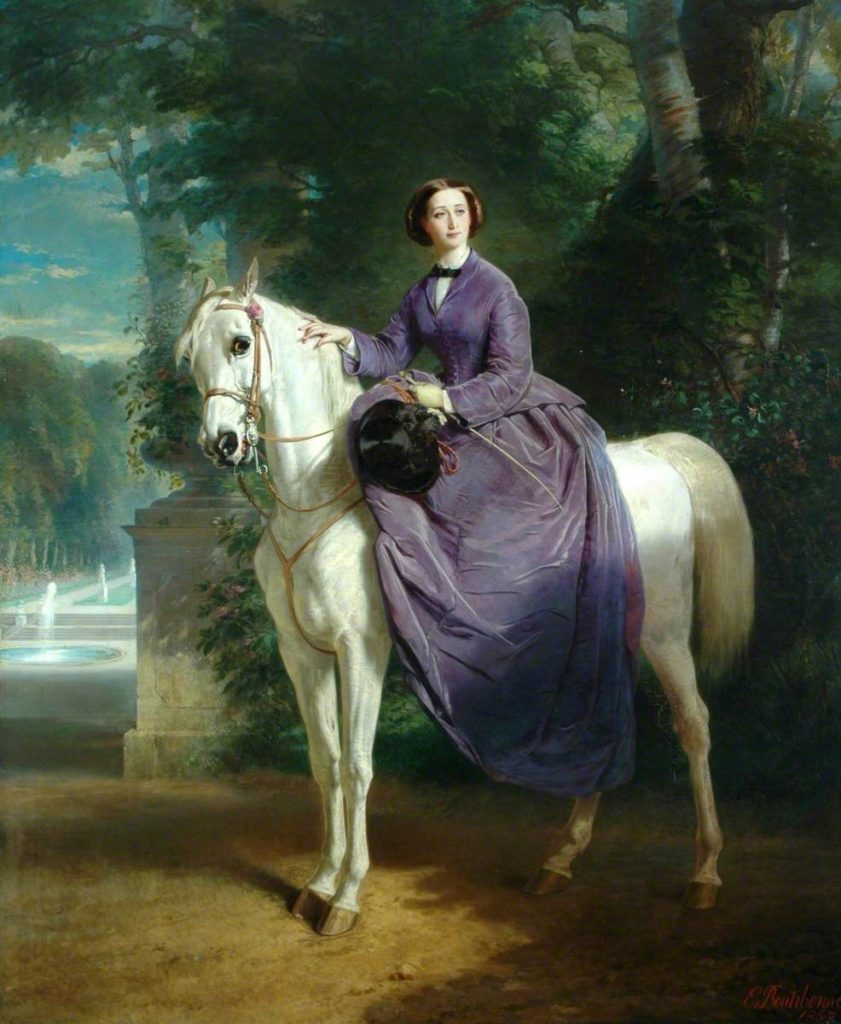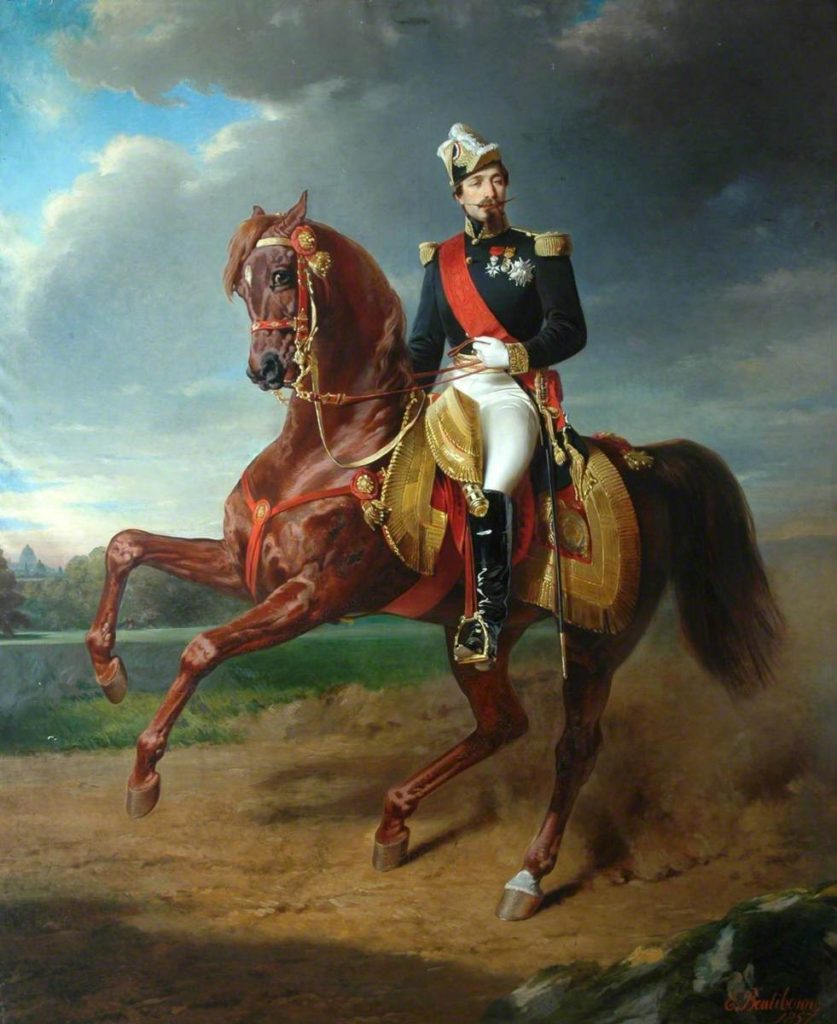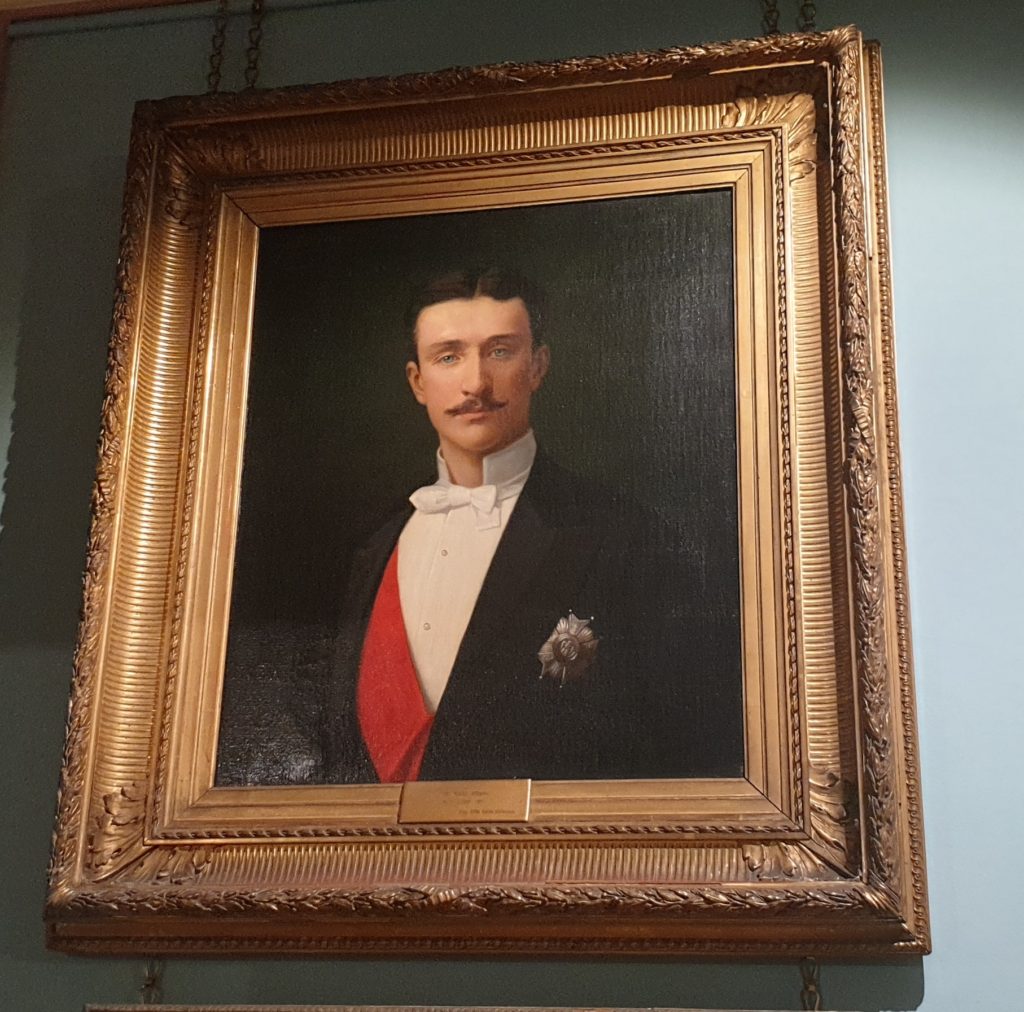Ian, our ‘Butterfield’ Volunteer spent much of 2020 researching some of the background to the history of the Butterfields, in order to add context to the stories that we were uncovering in the letters he was transcribing.
He’s agreed to write a blog on some of the history he found out- here he explores the French connections that Henry Isaac Butterfield held so dear.
He writes:
2020 brought us many things, some sought, many unsought but one thing which I feel should not be overlooked was the centenary of the death of Empress Eugenie of France.
Eugenie was a remarkable woman, twice regent of France during Emperor Napoleon 3rds absence, Eugenie did much to further women’s education in France and created Rosa Bonheur, the painter, a member of the legion d’honneur.

Eugenie long outlived her empire which fell as a result of the Franco-Prussian war in 1870, the death of her husband Napoleon 3rd in 1873 and also that of her only child the Prince Imperial 1879 while engaged in a reconnaissance with the British troops who were engaged in fighting the Zulus.
Eugenie survived these tumults and died aged 94 on a final visit to her Spanish homeland.
There was a close link between the Butterfields and the famously cosmopolitan court of Napoleon 3rd and Henry Isaac Butterfield consciously modelled the sumptuous interiors of the re built Cliffe Castle on Parisian interiors.

Like other researchers before me I have been unable to verify an appearance of H.I and his beautiful much younger wife Marie Louise at the French Court so I have been mapping significant events in the life of the court in exile at Chislehurst outside London against the remaining letters of Henry Isaac. The events I have concentrated on are the lying in state and funeral of the exiled Emperor in 1873, the major celebration of the Prince Imperial’s coming of age at 18 in 1874 and the equally public marking of the Princes early death.
Now there is no question from the letters of H.I that he planned to attend the funeral of the Prince Imperial at Chislehurst as he booked rooms in a London Hotel so that he, his son Frederick and his French manservant Constant could attend the funeral of Constant’s Prince.
Sadly for avid researchers if everyone intimately involved with the writer is at the same event then there is often little or no record of it in their letters. H. I was definitely a Bonapartist, we know that from his letters and also some of the furnishings he added to Cliffe.
Neither is there any record from the far fewer letters which remain from 1873 of the funeral of Napoleon III although I am personally convinced that H.I would have been there as he was living in Paris at the time and a cross channel trip would have been relatively simple. H.I’s earliest 1873 letter is from Nice on 19 March .

I then turned my attention to the letters of 1874 as we know from the Illustrated London News that there were many attendees at the coming of age and a marquee was erected at Campden Place in Chislehurst to house them. The coming of age was an important event for the Bonapartist Party as it formally marked the Prince Imperial’s recognition as his father’s heir and he effectively became for Bonapartists Napoleon 4th and many Bonapartist Party adherents from France attended despite the censure of the then Republican Government.
However H.I had family preoccupations at the time as his niece Jenny, married to the Vicomte De Montauban , son of the man Empress Eugenie had appointed her Minister of War in the dying days of the empire as France was invaded by the Prussians, was seriously ill following child birth. Jenny’s own mother had died following childbirth and both Henry Isaac and his only surviving older brother William were in Paris on 4th March to visit her and H.I was in Rome on 21 May and then heading to Florence.
On February 22 1875 H.I writes to Frederick
“Tell Constant to take down the portrait of the Prince Imperial if there should be trouble in Paris as if there were an enceinte against his majesty they would try to do us injury in their heated patricianism”
which firmly establishes his Bonapartism.

On 17th March H.I writes to Frederick telling him how pleased he was that Frederick had assisted at a mass to mark the Empress’s Fete day (the anniversary of the Prince Imperial ‘s birth on 16 March) and that on the same day he had been to Chislehurst where he had the honour of breakfasting with their Majesties and their household.
“After dejeuner the Empress spoke with me for twenty minutes alone and then the Prince Imperial gave me an interview longer. He is in very good health, has sympathetic intelligent tact and (is) altogether a very superior personage. I spoke to him of you especially, told him I had inculcated you with my sympathies for the dynasty and that you were called after his regretted father……………..The Empress is a talented woman and tres en beautie et en sente”
We don’t know how long the connection with Empress Eugenie lasted but it seems likely that H.I would have visited the mausoleum and abbey which the Empress built at Farnborough to more appropriately house the remains of her husband and son ,where she would ultimately join them.
She bought a house across the valley and we know that as late as 1907 the Spanish Infanta Eulalia, a member of the Spanish royal family visited Cliffe Castle.
(Editors note – we also have images of Eulalia’s sons photographed as children with Henry-Isaac’s grandaughter Marie-Louise, so the relationship obviously continued).
Editors note: Ian’s continuing to research around some of the figures whilst lockdown continues – and found this additional interesting snippet regarding the Empress:
Jean Cocteau on the Empress Eugenie
This may seem an extremely unlikely pairing , the Modernist poet, playwright and artist Cocteau and the last Empress of France but longevity can produce these unlikely overlaps, like the recent death in the USA of the last Civil War widow at 101. The Civil War ended in 1865 and the soldier had been 93 when he married his 17 year old bride in 1936.
She had kept silent about the marriage until 3 years ago and despite the death of her husband at 96 in 1939 she neither remarried nor claimed his pension.
“When he met the Empress Eugenie a full generation after the death of her husband Napoleon III he compared her with the youthful portrait…The face was the same , retained its delicate oval. As if, merely, an unhappy young woman had buried her face in her hands once too often, and the lines on her palms had left their imprint there. The eyes kept the same celestial blue, but the gaze was diluted; a blue water inspected you.”
Quoted in Edmund White “Genet: a biography” 1993.
The dilution or probably mistiness of the Empress’s gaze is easily accounted for as Eugenie had cataracts which were successfully operated on without anaesthetic shortly before her death at 94 – The surgeon was reluctant to put such an elderly patient under anaesthetic.